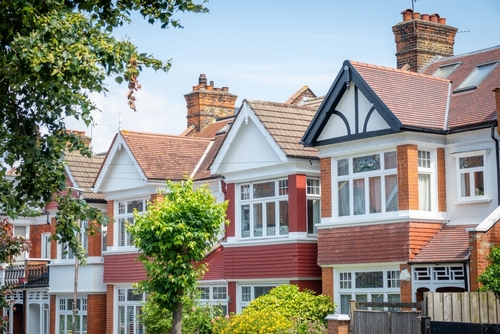UK house prices hit a new record in January. The average price rose to £299,138. Many first-time buyers still struggle with affordability.
House prices increased by 0.7% in January. This followed a small drop of 0.2% in December. However, annual growth slowed to 3%. This is the lowest rate since July 2024, according to Halifax. Northern Ireland saw the biggest annual rise in the UK. Prices there increased by 5.9%, but this was lower than December’s 7.3% growth. The average property now costs £205,473.
In Wales, prices grew by 3.6% year-on-year. The average home now costs £227,397. Scotland had a smaller rise of 2.4%, with prices reaching £210,690. The North East had the fastest growth in England. Prices rose by 5.2%, pushing the average home price to £178,696. This is the first time since September 2023 that the North West did not lead England in price growth.
Meanwhile, London remains the most expensive area. Prices there increased by 2.8% over the year. The average home in the capital now costs £548,288.
Experts Share Their Views on the Market
Amanda Bryden, head of mortgages at Halifax, highlighted challenges for buyers. She said, “Affordability remains tough, but the market is strong. Many are seeking new mortgages. Some first-time buyers may be rushing to buy before the stamp duty increase in March.”
She also commented on mortgage rates. “Rates will likely stay between 4% and 5% in 2025. This depends on global finance and UK policies. Buyers have adjusted to this, as rates will not return to 1%.”
Nathan Emerson, CEO of Propertymark, shared a positive outlook. “Confidence in the market remains strong. House prices and mortgage lending are steady.”
He added, “With interest rates going down, mortgage rates should also improve. This will help those planning to buy or move.”
What Lies Ahead for the Housing Market?
The biggest challenge remains supply. There are not enough homes for buyers. This trend will continue. However, as affordability improves, prices may rise slightly this year.
The housing market shows resilience. Demand is steady, and lending remains strong. Many buyers are adjusting to higher mortgage rates. With economic shifts ahead, experts will watch closely to see how the market responds.


